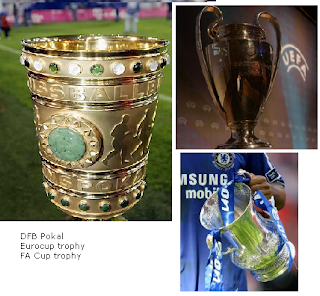In the lecture series Where There Was No Way comparative mythologist Joseph Campbell calls Wolfram's romance the greatest work of Western civilization because it perfectly demonstrates the monomyth. The monomyth is found in almost every popular European and American epic from The Odyssey to Star Wars. But what is the grail? You can believe the Holy Blood, Holy Grail hoax of 1982, one of the coolest pranks in the twentieth century and the story bootlegged by Dan Brown in 2003. In fact, there are countless "Parzival Scholars," and each has a different explanation for what the grail symbolizes.
But what is it, as in, what is the actual thing, the object? In Parzival the grail is simply a stone. It gives those gathered around it plenty to eat and assures its protector of the highest title on Earth - along with a nifty castle that no one can find unless they chat it up with the Fisher King or let their horse wander off the path… Keep in mind we are talking about the grail, or graal in Middle High German, not the holy grail. It's called holy much later in gratuitous nineteenth century European works. It first became a cup of sorts in the thirteenth century. That shape is how the legacy of the grail continues today; just look at the trophies from some soccer competitions:

Perhaps the best grail-like trophy is for the winner of the German Bundesliga, because in the grail's first-ever appearance in any romance, Chretien de Troyes's Perçeval (AD 1180), the grail is simply a dish:

If you happen to know of a trophy that is in the shape of a stone, please let me know!








